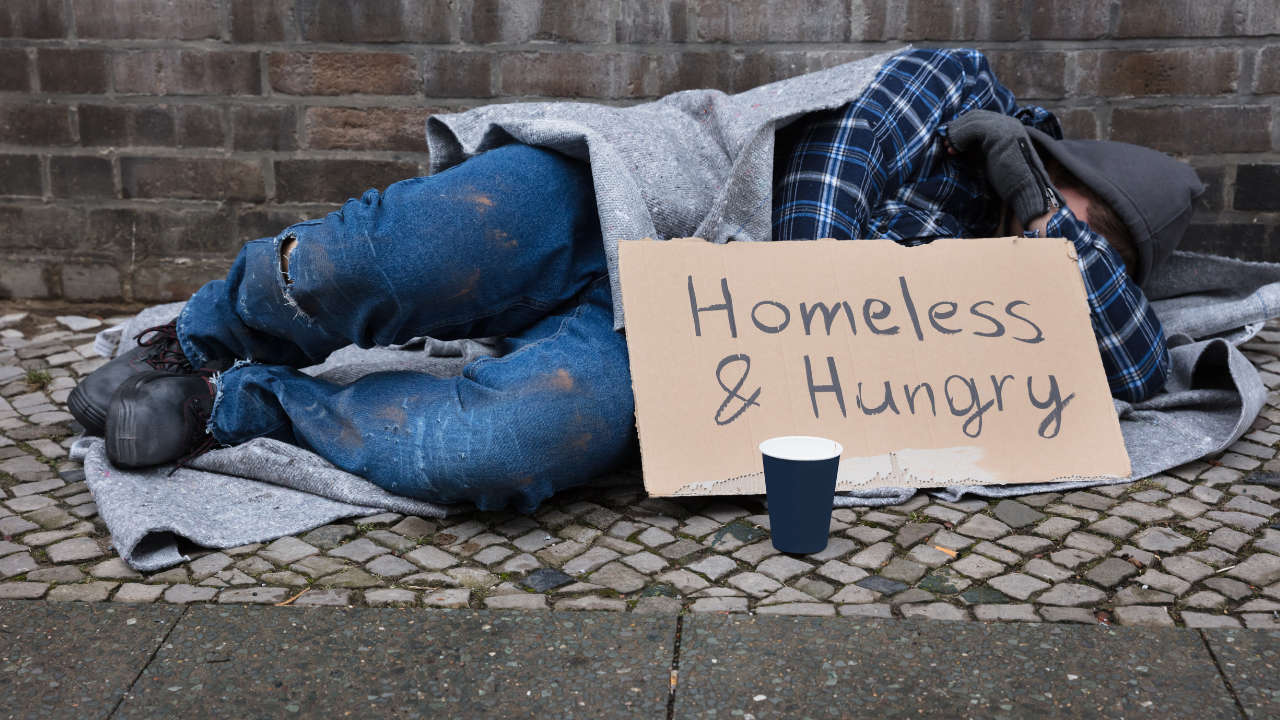
Your views are wanted to help tackle homelessness in the Lancaster and Morecambe district as new statistics are revealed on rough sleeping in the area.
Lancaster City Council would like to hear your opinions on its proposed strategy to tackle homelessness and rough sleeping in the district and what people feel are the biggest challenges in preventing it.
This comes as the council revealed that homelessness applications - ie the number of people who are homeless or at risk of being made homeless - rose by 62 per cent year-on-year between 2021 and 2022, and the number of people reported to be rough sleeping in Lancaster also increased.
The council is holding a public survey into its draft strategy and action plan which sets out its priorities over the next five years to tackle homelessness.
It focuses on supporting some of the most vulnerable people and households across the district.
Councillor Caroline Jackson, cabinet member with responsibility for housing, said: “We are fully committed to preventing homelessness and rough sleeping.
"Following the new partnerships and developments that arose after lockdown, it’s vitally important that we evaluate what has and hasn’t been working well.
“Feedback on the strategy from local people, will give us a greater chance of ensuring it delivers action that prevents homelessness wherever possible and supports people made homeless by giving outstanding services.”
The council says its strategy seeks to ensure local needs are met by working in partnership and collaboration with statutory, third sector and faith based organisations.
It also intends to build on what is working well in preventing homelessness and rough sleeping in the first instance by reducing the number of occasions when homelessness occurs.
The draft strategy says that:
- Private rented housing accounted for 21 per cent of the housing market in the Lancaster City Council area in 2020, this has not changed since 2014.
- 10 per cent of the housing market was social and affordable rented in 2020, again this has not changed.
- The number of people of working age claiming out of work benefits decreased from 5.4 per cent (5,405 people) in March 2020 to 2.8 per cent (2,620 people) in August 2022
- Homelessness applications have increased - in the first three months of 2021 there were 139 applications for assistance, but this had risen to 234 in the same time period in 2022. This is a rise of 62% and is in part a result of the impact of Covid-19, which led to temporary changes to the law on evictions resulting in fewer people moving during periods of lockdown.

- The most common causes of people being at risk of homelessness have changed in Lancaster, with ending of a tenancy in private rented sector driving more threats of homelessness in 2022 than the previous year. There have been changes in the private market, with higher demand as more landlords are selling up and leaving the market or seeking higher rents. The increase in evictions appears to be set to continue at the moment, based on the most available data.
- Family and friends being no longer willing or able to accommodate was the second most common reason where there was a threat of homelessness.
- The most common causes of people becoming actually homeless in 2022 are different – with ‘family and friends no longer being willing or able to accommodate’ being the most given reason. Domestic abuse, ending of a non-violent relationship and eviction from supported housing were also reasons which featured strongly in reasons for homelessness.
- It is widely expected that the pressures on low income households as a result of the cost of living crisis and the lack of supply of accommodation which people can afford to rent, will increase the levels of homelessness. This is a national issue.
- Very early on in the Covid-19 pandemic the Government instructed all councils to bring in off the streets all people rough sleeping. Within a few days in March 2020, 22 people in Lancaster were offered accommodation. By the end of the 'Everyone In' scheme, 59 people had been assisted, not all of whom were rough sleeping, but at high risk of doing so.
- Despite the shared focus on ending rough sleeping, this is still a problem in Lancaster. In November 2022, nine people were reported to be rough sleeping, a rise from three people on a single night in November 2021.
- Most people reported to be sleeping rough are men aged between 25 and 60.
- Over the last three years, the council has developed a much better understanding of rough sleeping in the area and ways to address this. There has been significant investment in local services, funded by central Government.
- There are a mixture of services providing outreach, short term supported accommodation, help to find and to keep a home, befriending and drop in services. A partnership of voluntary and faith organisations, as well as housing associations, Lancaster City Council, police, the National Probation Service and health agencies, all work together to support people away from rough sleeping.
- There are some new accommodation options for people who have been rough sleeping. A new Housing First pilot is under development. And in the pipeline are 12 units of ‘second-stage’ self-contained accommodation, which will be in Jubilee Court in 8 Lancaster. This will be move-on from the first-stage supported accommodation in Calico’s Acorn Recovery Services (Portland Street, Mary Street, Aldcliffe House and Walter Lyon House). Jubilee Court has been commissioned by the council and provided by Calico. This provision has been modelled so the rents are low and will therefore enable people to work.
- There is more focus on improving the physical and mental health of people who have experienced rough sleeping. Substance misuse services are accessible and available to people who need them, there is strong partnership working with local hospitals and there is a new Parish Nurse role and access to Health and Well-Being Coaches.
- Whilst this is positive there are still gaps in health provision for vulnerable people who are or have been homeless. In particular there are significant issues accessing mental health services. There is no straightforward route into more specialist mental health services and there are no counselling services which people with more complex needs can easily engage with.
- Funding for Changing Futures was awarded for a three year period, but due to central Government delays in start times, this has reduced down to around 26 months. The focus of this programme is on positive outcomes for people with multiple and complex needs, including finding and keeping a home.
- The number of households in Temporary Accommodation (TA) rose from eight in March 2019 to 38 in March 2022. By June 2022 this had reduced to 28 households. This is a mixture of single people (13), households with dependent children (13) and two households which were neither of these groups.
- The most used type of Temporary Accommodation is Bed and Breakfast (B&B) which includes hotels. This is high cost for councils and tends to be of lower quality. More single people are placed into B&B as this type of accommodation is not suitable for families. It is unlawful for families to be placed in B&B when homeless for more than six weeks.
- Eight of the 28 households in TA were in stock owned by a housing association or by Lancaster City Council. This arrangement is more suitable for homelessness households whose homelessness is not resolved quickly and is also lower cost for the local authority.
- At the end of October 2022 there were 2,655 people on the housing register, a rise of 36% from 2019
- Waiting times vary from a few months to several years. This is dependent on the level of priority awarded and types of housing that are in most demand. There has been a slowdown in the amount of vacant social housing each year, with around eight per cent of all stock being let, around 290 properties.
- A significant proportion of social housing lettings recently have been to older people, for Independent Living housing, as these were suspended during the Covid-19 pandemic to avoid the spread of infection.
- The demand for and cost of renting privately has risen in Lancaster City Council area. Some areas are more affordable for people who are on low incomes and may need to claim benefit for assistance with housing costs.
- Overall there continues to be a shortfall between the amount of Local Housing Allowance which can be claimed, and the rent charged, with the difference being most significant for one bedroom and three bedroom properties. This makes access into the private rented sector challenging for those on low incomes.
To view the council’s Homelessness and Rough Sleeping Strategy in full and to have your say in the public survey, see the website here.



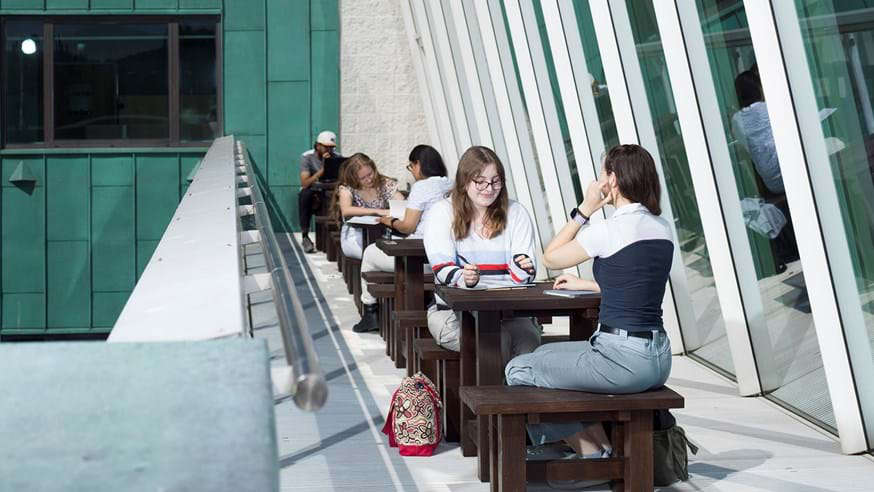 Lancaster remains best university in North West England in Complete University Guide
Lancaster remains best university in North West England in Complete University Guide
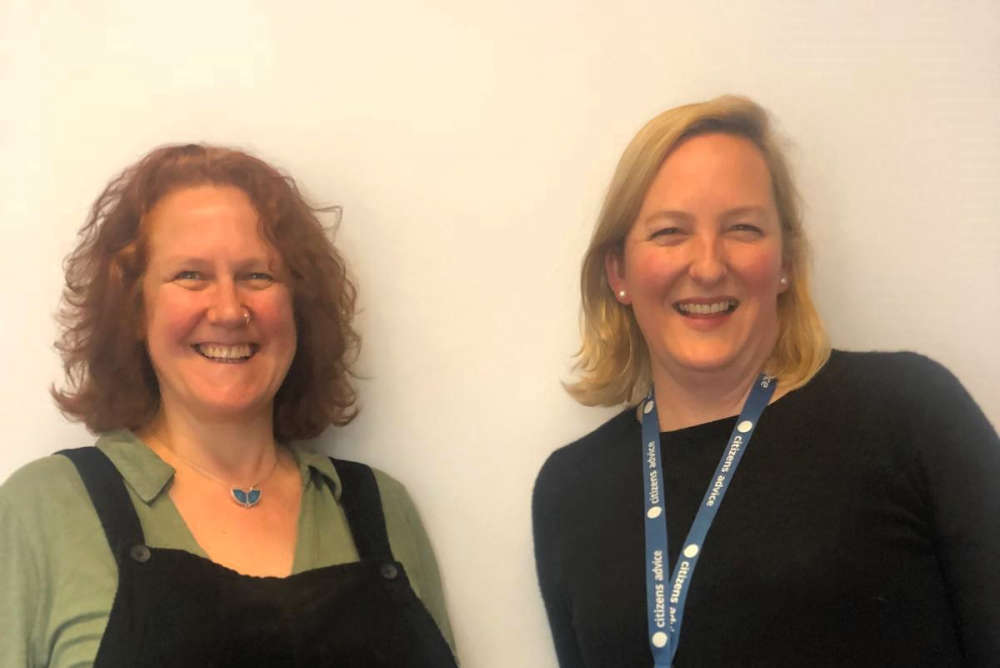 'Music with the Mayor' initiative launched to support North Lancashire’s Citizens Advice
'Music with the Mayor' initiative launched to support North Lancashire’s Citizens Advice
 DIARY: Beyond Radio presenter fighting cancer continues his '60 Before 60' challenge
DIARY: Beyond Radio presenter fighting cancer continues his '60 Before 60' challenge
 BIG FIGHT COUNTDOWN: Tyson Fury's father John headbutts Usyk supporter ahead of undisputed heavyweight title fight
BIG FIGHT COUNTDOWN: Tyson Fury's father John headbutts Usyk supporter ahead of undisputed heavyweight title fight
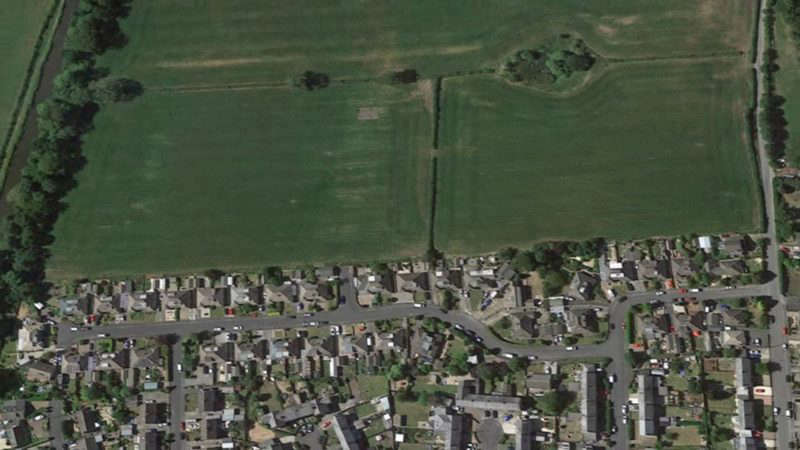 Decision to refuse Galgate housing scheme planning permission upheld following public inquiry
Decision to refuse Galgate housing scheme planning permission upheld following public inquiry
 INTERVIEWS and PHOTOS: The story of Highest Point festival 2024
INTERVIEWS and PHOTOS: The story of Highest Point festival 2024
 INTERVIEW: Lancaster prison officer backed by Tyson Fury wins sport contest ahead of Miss England bid
INTERVIEW: Lancaster prison officer backed by Tyson Fury wins sport contest ahead of Miss England bid
 VIDEO and INTERVIEW: Lancaster schoolboy, 10, makes drum 'n' bass DJ debut at Lancaster festival
VIDEO and INTERVIEW: Lancaster schoolboy, 10, makes drum 'n' bass DJ debut at Lancaster festival
 Highest Point 'Lancaster Rocks' night cancelled due to thunderstorms warning
Highest Point 'Lancaster Rocks' night cancelled due to thunderstorms warning
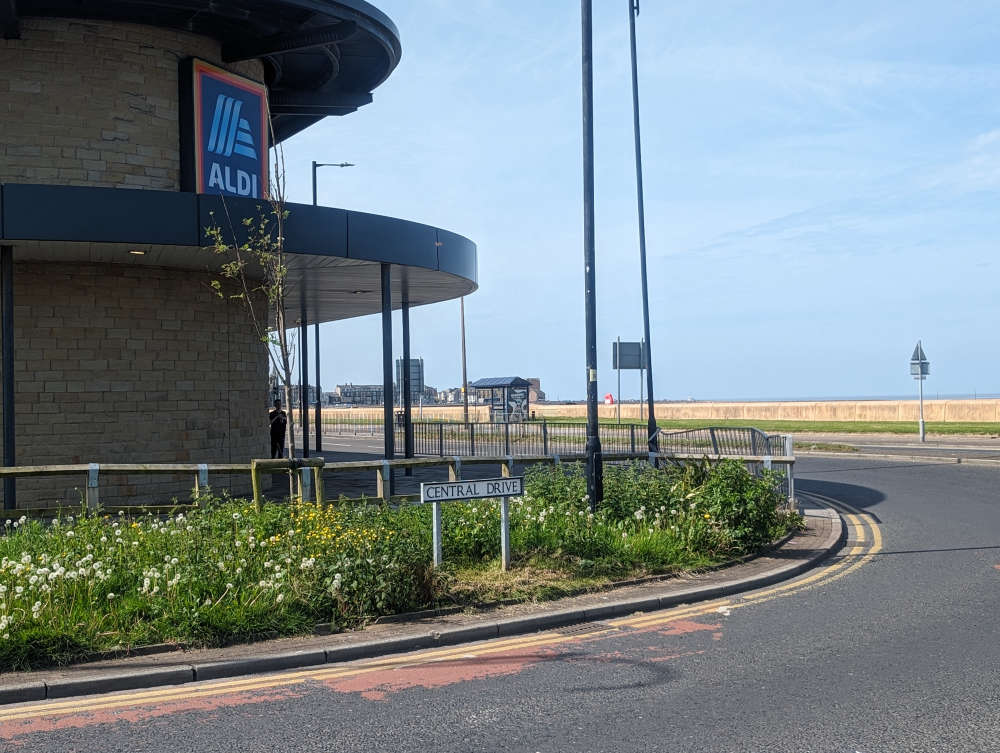 Quad bike rider dies after road crash in Morecambe
Quad bike rider dies after road crash in Morecambe
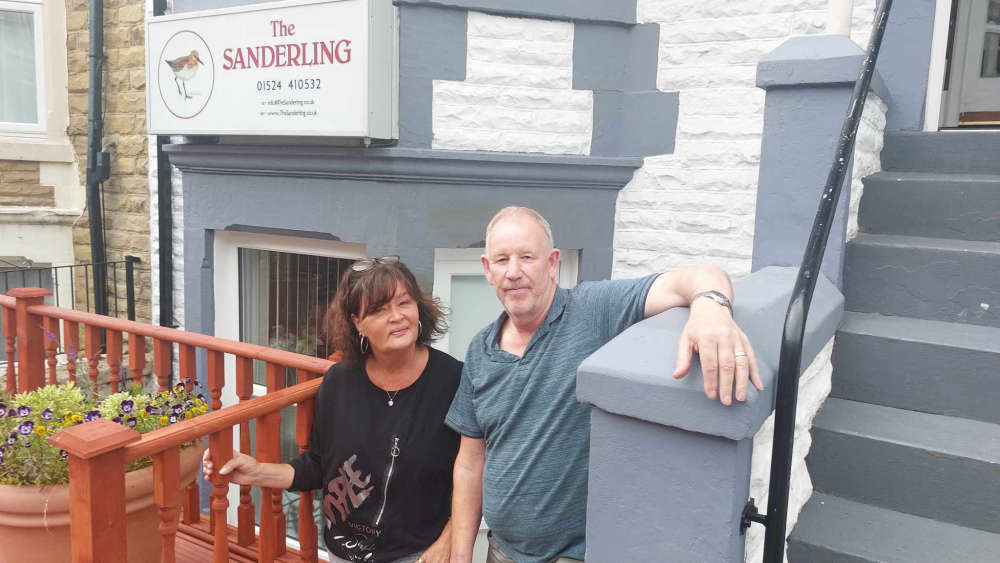 Morecambe guesthouse couple to star on reality TV show 'Four in a Bed'
Morecambe guesthouse couple to star on reality TV show 'Four in a Bed'
 PHOTOS: Northern Lights dazzle on Highest Point festival day one
PHOTOS: Northern Lights dazzle on Highest Point festival day one
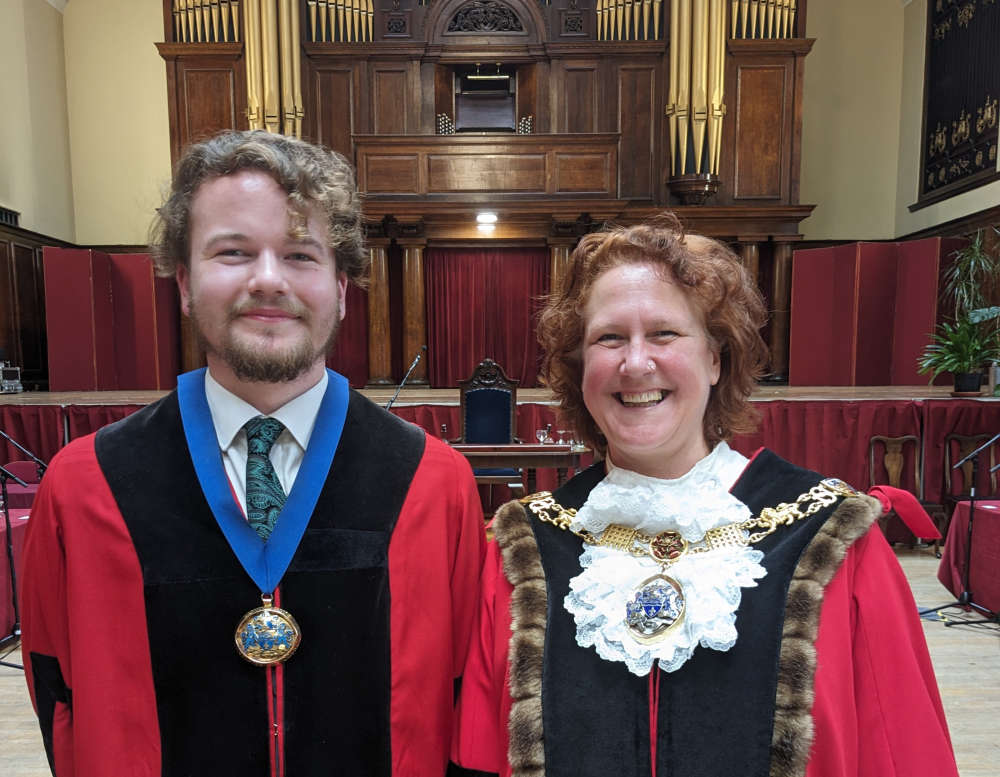 Mother and son unveiled as new Lancaster mayoral team
Mother and son unveiled as new Lancaster mayoral team
 New police and crime commissioner for Lancashire begins role
New police and crime commissioner for Lancashire begins role
 Morecambe homeless man jailed after admitting criminal damage
Morecambe homeless man jailed after admitting criminal damage
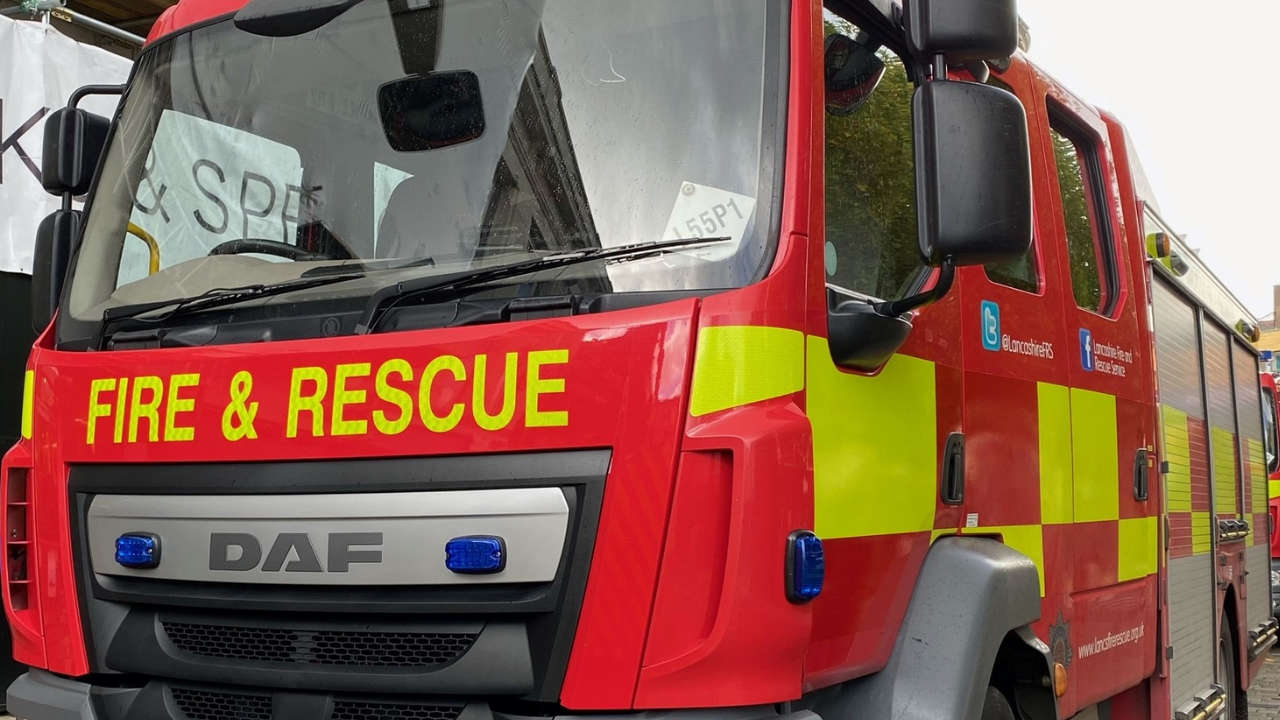 Firefighters tackle fire at flat in Morecambe
Firefighters tackle fire at flat in Morecambe
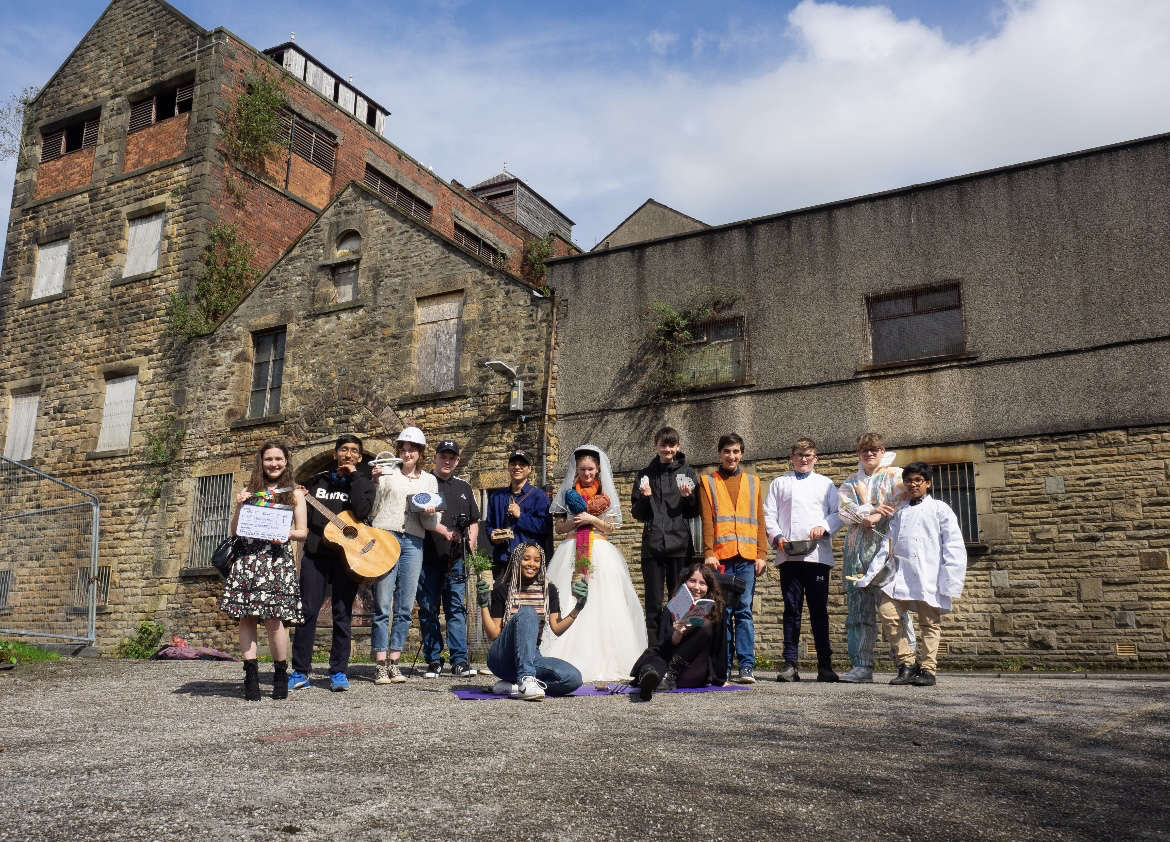 Lancaster youth charity awarded £221,400 towards vision for 'creative youth space' in city
Lancaster youth charity awarded £221,400 towards vision for 'creative youth space' in city
 Tennis club near Lancaster unveils new courts after £50,000 fundraising campaign
Tennis club near Lancaster unveils new courts after £50,000 fundraising campaign
 INTERVIEW: Highest Point chief 'proud' of lineup for 2024 festival
INTERVIEW: Highest Point chief 'proud' of lineup for 2024 festival
 Highest Point festival stage times: all you need to know
Highest Point festival stage times: all you need to know




